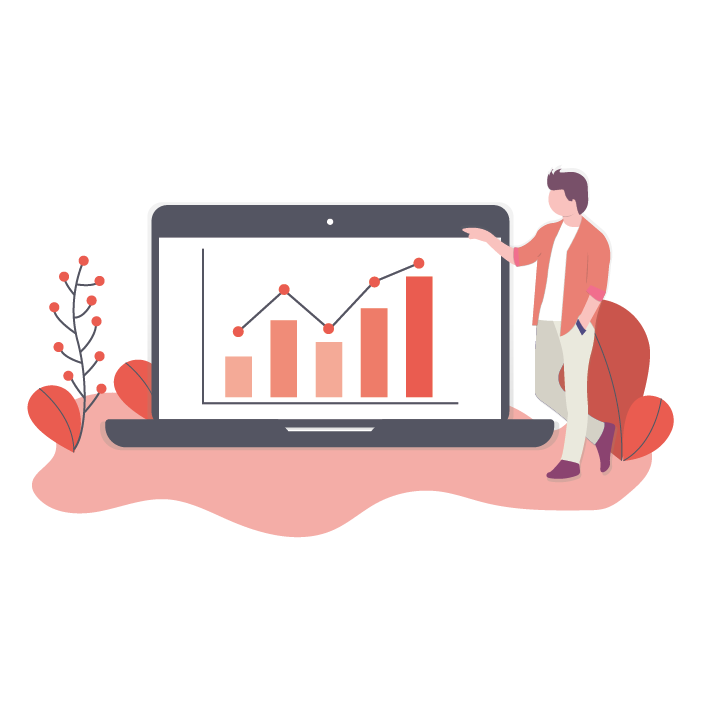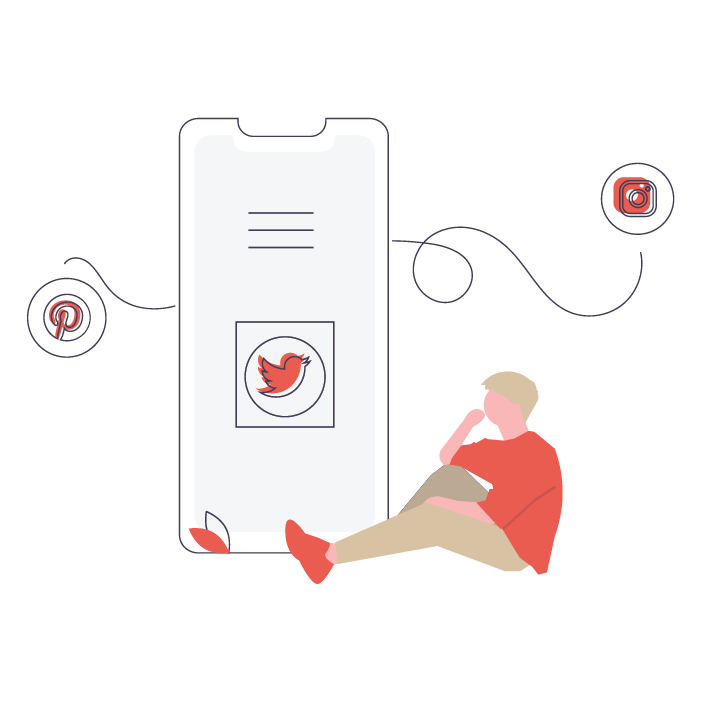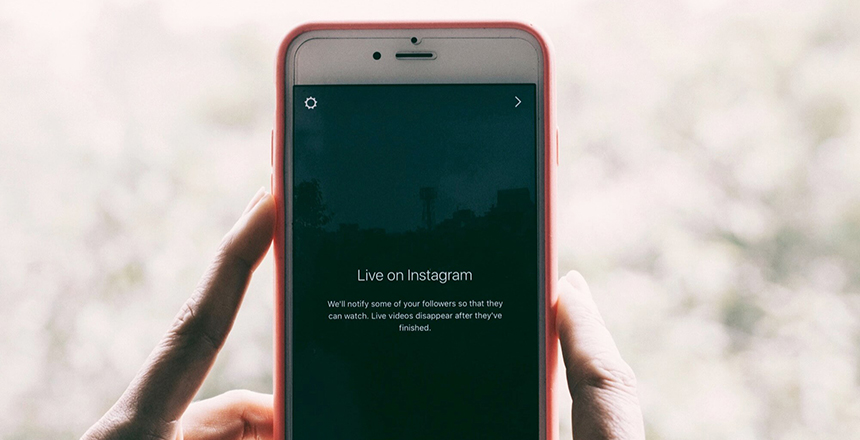In this 21st century, technology is deeply ingrained in our daily lives – how we spend our free time, what products and tools we use, and how we communicate with our friends, family, and coworkers.
Before the COVID-19 pandemic, conversion to a digital lifestyle was a prediction that we would have reached in the near future. However, the pandemic has significantly accelerated the growth of digital lifestyle and unplugging from technology may no longer be possible.
Let’s explore the areas that technology has deeply ingrained in our lives, and what else can be expected in the near future.
Communications: Integration of Social Media into Daily Routines
Digital communications have become core parts of our lives that we can’t live without – the way we connect with our colleagues, friends and families, and essentially how we obtain information and social connectivity to the rest of the world!
Let’s take a look at your smartphone screen. You may find that your homepage is mostly filled with communication applications (Apps) such as WhatsApp, Facebook, Gmail or Twitter. These applications are used for many of our daily activities and play a vital role in functionality of our lives. An average smartphone user spends about 20% of their time on social media alone daily and this number is growing steadily at a rapid speed.
Social media can be used in various ways, such as catching up with friends, video calling your family members in real time or even reading news and articles from local and global sources. Nowadays, many of the businesses and entities have also adopted social media as their main marketing strategy to raise awareness, get more clients or to sell their products.
With the integration of social media into various aspects of our daily routines, the way in which we engage and participate in any activity has drastically evolved. Now try to bring your memory back to 10 years down the memory lane. How was the communication between people like?
Work Culture: A Shift Off Traditional Workplace
With COVID-19 pandemic, another phenomenon called “Remote Work” has risen to prominence. Remote work enables socially-distanced activities and workplace communications are done digitally via applications and platforms such as Zoom and Google Drive etc.
According to the research from PWC, remote work has been an overwhelming success for both employees and employers. However, only 13% of the executives are prepared to let go of the office for good. Meanwhile, 87% of employees cited that the office space is critical in collaborating with team members and maintaining relationships as their top-rated needs for the office.
As a result, most businesses are moving toward a “Hybrid Workplace”, in which a large number of office employees rotate in and out of offices on a two to three day Work From Home (WFH) week. With such a step in the direction of remote work, it is expected that working digitally and remotely with less physical interactions might become a norm for us in the near future.
Online Shopping: Exponential Growth
In recent years, online shopping has experienced an exponential growth in Southeast Asia and the number of online shoppers is set to double! Singapore has emerged as one of Southeast Asia’s most vibrant digital shopping scenes, as well as being named as a regional “Digital Life Leader.”
Grocery shopping from supermarket websites, food deliveries from GrabFood and FoodPanda, and purchasing necessities from online shopping platforms such as Shopee and Lazada – all of these had formed into our habitual routines and they are expected to stay, even post-pandemic.
With that being said, we can foresee that online shopping might bloom into a fully virtual experience alternative that allows us to sample products in real time!
Leisure Activities: Digital Media in the Spotlight
Since the pandemic, we have increased our media consumption across all devices – for information, entertainment and community! Studies stated that one-third of consumers aged 18-24 will continue watching sports, concerts, and movies online after the pandemic and they will not return to the physical venues such as stadiums or theatres.
Many of these digital lifestyle habits are likely to carry over into the long term. Tech products and services are now an inherent part of consumers’ digital lifestyles, and consumers say they expect to spend as much or more money on technology should the pandemic dissipate.
Digital Technology’s not stopping now: What to expect
5G Networks and Global Economy
5G networks are officially here and have been deployed since 2019. With 5G, businesses and consumers are exposed to benefits such as higher connectivity speeds, capacity for a larger number of connected devices, less interference and better efficiency.The bandwidth capacity in 5G networks can be tied directly into autonomous bots, and goods can logistic and manufacturing sectors can be delivered within a day. Low latency 5G networks also allow more high capacity services like telehealth, telesurgery and ER services. Today, businesses cannot afford to be disconnected, and 5G deployments have become a vital part of the solution. With the roll-out of 5G networks, we can foresee that our digital future will be thriving efficiently and effortlessly.
Artificial Intelligence and Machine Learning
Artificial Intelligence or AI as you often heard before is the simulation of human intelligence in machines that are programmed to think like humans and mimic their actions. On the other hand, machine learning is a sub-branch of AI that allows machines to learn and adapt through experience, from the given data etc. With machine learning enabled, autonomous tasks can be carried out systematically and efficiently, and essentially driving the economy.
Extended Reality
Extended Reality (XR) is an umbrella term encapsulating Augmented Reality (AR), Virtual Reality (VR), Mixed Reality (MR), and everything in between. With XR technologies, the way we live our lives may completely become a different spectrum. From entertainment and employment to the ways governmental policies are made, the possibilities are endless.
The above mentioned points are the ways our behaviors are shifting towards digital lifestyle, albeit with the push from the current global pandemic. These have fundamentally changed the way in which we engage and interact with others in society. More people are choosing to shop online, telehealth visits have become more commonplace, schools and workplaces have figured out how to function remotely, and social activities have moved toward virtual alternatives as well.
Although the pandemic will subside in the near future, the changes in society and behavior will last. Increased digitization will create demand for the development of new and robust solutions to protect user privacy and information while preserving user experience. What other changes do you notice from your digital lifestyle? Let us know by contacting us! We will be happy to listen!









